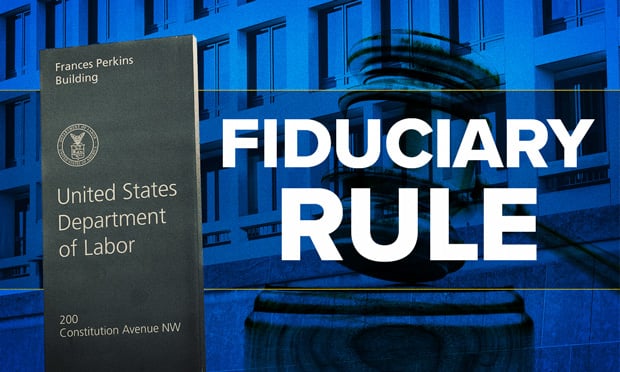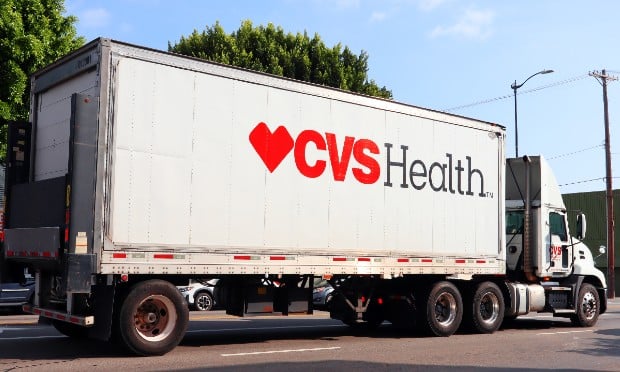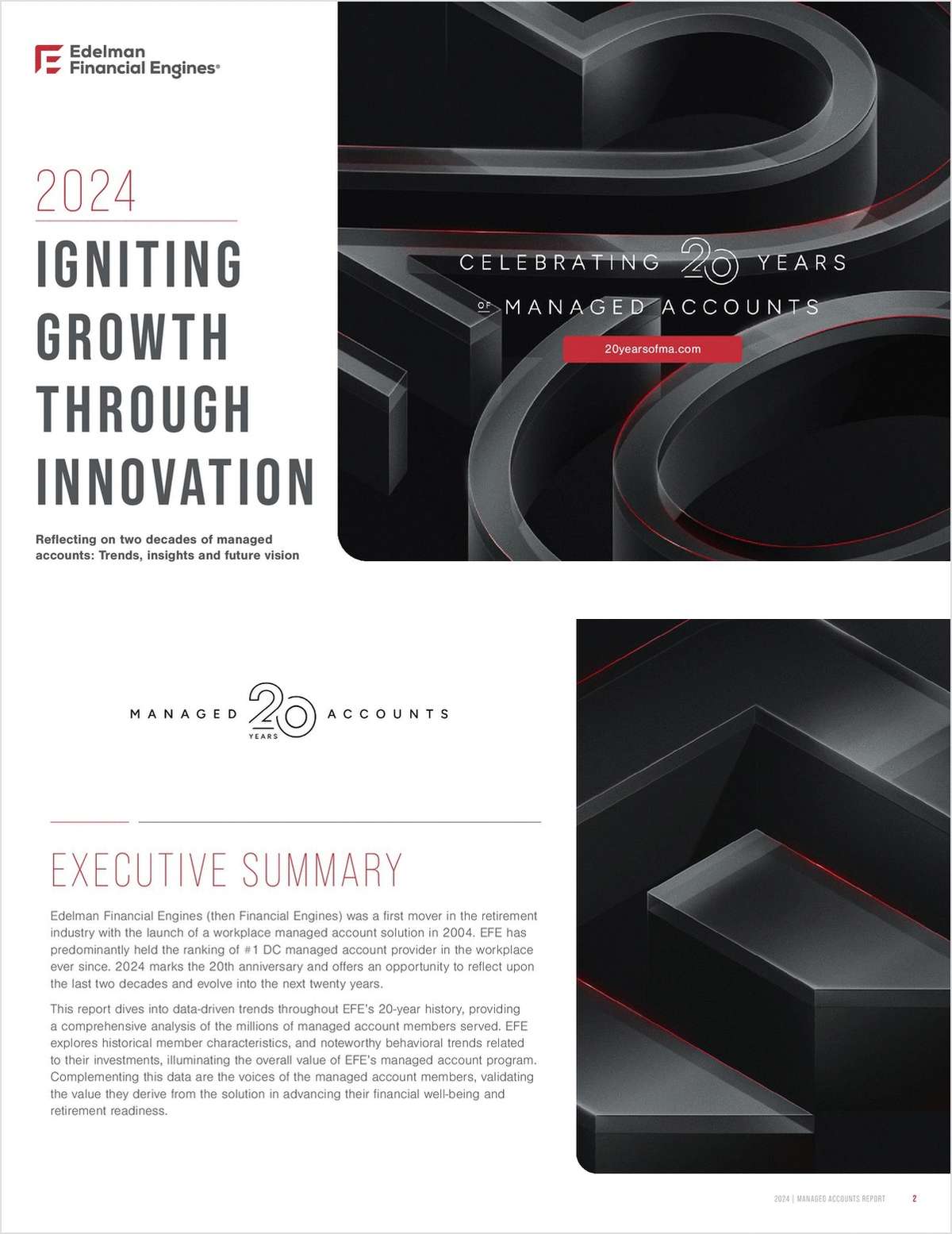
Pharmacy benefit managers (PBMs) have recently come under fire as Congress works to lower prescription drug costs in the United States. While prescription drugs often get blamed for high premiums and costs, one industry report found that for every dollar, 11 cents is spent on brand-name medicines – while up to 20 cents is going toward administrative costs.
Healthcare entities see significant profits from their PBM subsidiaries via their mail-order and specialty pharmacies and clinical programs. This system will keep many of these companies in the Fortune 50 while prescriptions become increasingly expensive for employers and patients. There's a reason the major insurance companies and PBMs are now combined entities: There's big money in working the system to their own benefit.
Continue Reading for Free
Register and gain access to:
- Breaking benefits news and analysis, on-site and via our newsletters and custom alerts
- Educational webcasts, white papers, and ebooks from industry thought leaders
- Critical converage of the property casualty insurance and financial advisory markets on our other ALM sites, PropertyCasualty360 and ThinkAdvisor
Already have an account? Sign In Now
© 2024 ALM Global, LLC, All Rights Reserved. Request academic re-use from www.copyright.com. All other uses, submit a request to [email protected]. For more information visit Asset & Logo Licensing.








